中东研究文学学士学位
Bachelor of Arts in Middle East Studies

学历文凭
Bachelor Degree

专业院系
Department of Middle Eastern and South Asian Languages and Cultures

开学时间

课程时长

课程学费

国际学生入学条件
IDP—雅思考试联合主办方

雅思考试总分
6.0
了解更多
雅思考试指南
- 雅思总分:6
- 托福网考总分:50
- 托福笔试总分:600
- 其他语言考试:IELTS - 6.0 overall and minimum 5.5 in each bandTOEFL iBT 50 - Overall score 80
CRICOS代码:
申请截止日期: 请与IDP顾问联系以获取详细信息。
课程简介
The Department of Middle Eastern and South Asian Languages and Cultures focuses on the deep historical ties between the many and varied cultures, religions, literatures, and languages of the Middle East (Afghanistan, Jordan, Iraq, Iran, Israel, Lebanon, Oman, Palestine, Saudi Arabia, Syria, Turkey, Yemen, United Arab Emirates), North Africa (Algeria, Egypt, Libya, Morocco, Sudan, Tunisia), and South Asia (India, Pakistan, Bangladesh, Nepal and Sri Lanka). Having crossed such wide-ranging intellectual and regional boundaries for several decades, being interdisciplinary and inter-regional by our very nature, we teach at least six languages at any given time (currently, Arabic, Hebrew, Hindi, Persian, Sanskrit, and Urdu, languages spoken by 32% of the world's population). We have an impressive array of expertise and specialization among our faculty members: Language Pedagogy, Literary Studies, Linguistics, Islamic Studies, Comparative Literature, History, Media Studies, Anthropology, Film Studies, Philology, and Gender Studies. We also have quite a heterogeneous faculty in terms of diverse demographics (American, Indian, Israeli, Iranian, Jordanian, Lebanese, Palestinian, Syrian, Pakistani, Yemeni).
相关申请
 预科
预科 奖学金
奖学金 实习机会
实习机会 在校学习
在校学习 跨境学习
跨境学习 校园授课-线上开始
校园授课-线上开始 在线/远程学习
在线/远程学习
学校排名

世界排名107
数据源:泰晤士高等教育世界大学排名
关于弗吉尼亚大学

弗吉尼亚大学是全美国最知名公立大学之一当200多年前,美国第三任总统托马斯.杰佛逊创办UVA时,他的心愿是将学校办成一所国家级的公立大学。如今他的愿望已然实现,根据US News的排名,UVA是两所全美最好的公立大学之一。24000名学生正在12个学院追逐他们的学术梦想。UVA要求文理学院和商学院的学生在毕业之前掌握一门外语,文理学院的学生还必须参加英语写作、人文和艺术、社会科学、自然科学和数学、非西方研究和作文的课程。非常有能力的学生可以得到Echols Scholars项目的录取,这个项目给予200名顶尖的新生机会去寻求学术探索,而不需要受专业领域要求限制。
本校相关课程

Doctor of Juridical Science
学历文凭
Ph.D.
开学日期
课程费用总额


Juris Doctor
学历文凭
Juris Doctor
开学日期
课程费用总额

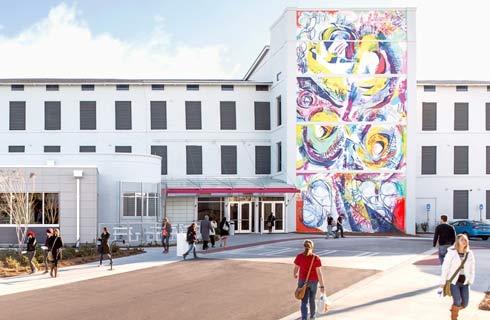
Juris Doctor/Master of Arts in Philosophy
学历文凭
Combined Graduate / Doctoral Degree
开学日期
课程费用总额

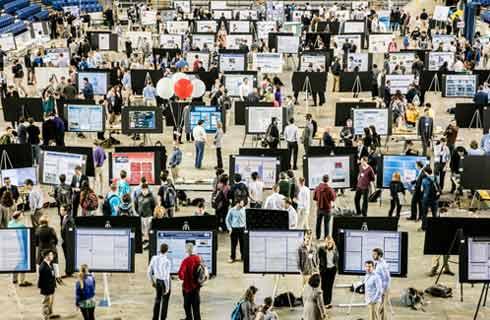
Juris Doctor/Master of Arts in History
学历文凭
Combined Graduate / Doctoral Degree
开学日期
课程费用总额


Juris Doctor/Master of Arts in Government
学历文凭
Combined Graduate / Doctoral Degree
开学日期
课程费用总额

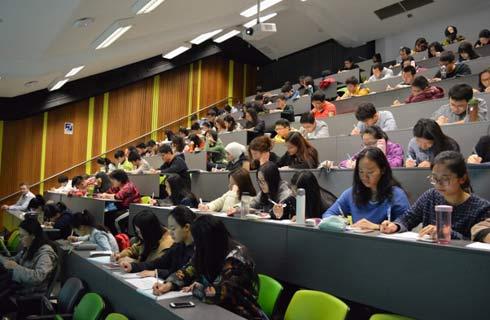
Juris Doctor/Master of Arts in English
学历文凭
Combined Graduate / Doctoral Degree
开学日期
课程费用总额

其他相关课程

Master of Arts in Intercultural German Studies
 滑铁卢大学
滑铁卢大学学历文凭
Masters Degree
开学日期
课程费用总额

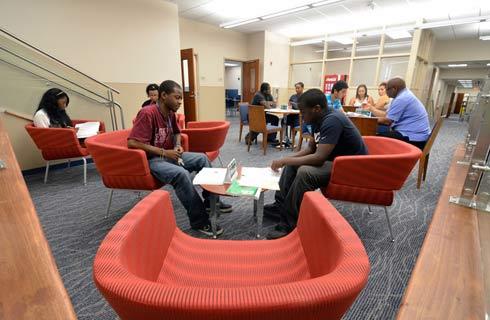
英语文学硕士-文学研究(课程工作)
 滑铁卢大学
滑铁卢大学学历文凭
Masters Degree
开学日期
课程费用总额

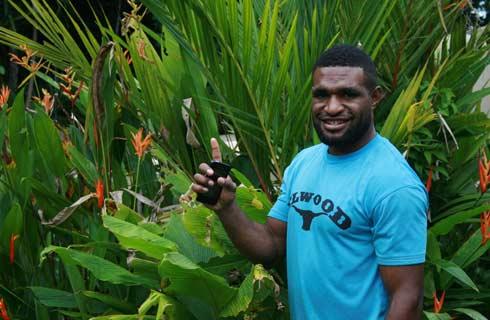
性文学士
 滑铁卢大学
滑铁卢大学学历文凭
Bachelor Degree
开学日期
课程费用总额


宗教学文学士[一般]
 滑铁卢大学
滑铁卢大学学历文凭
Bachelor Degree
开学日期
课程费用总额


欧洲研究文学士学位
 达尔豪斯大学
达尔豪斯大学学历文凭
Bachelor Degree
开学日期
课程费用总额

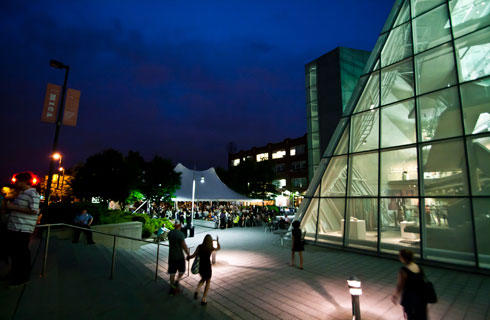
加拿大研究文学士学位
 达尔豪斯大学
达尔豪斯大学学历文凭
Bachelor Degree
开学日期
课程费用总额



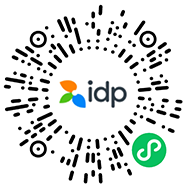
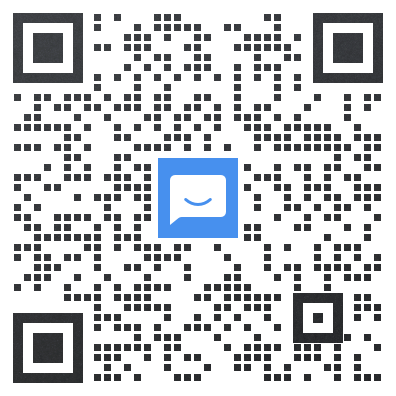



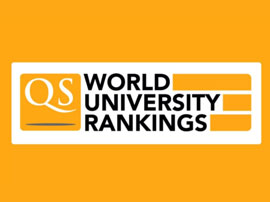












 美国
美国




